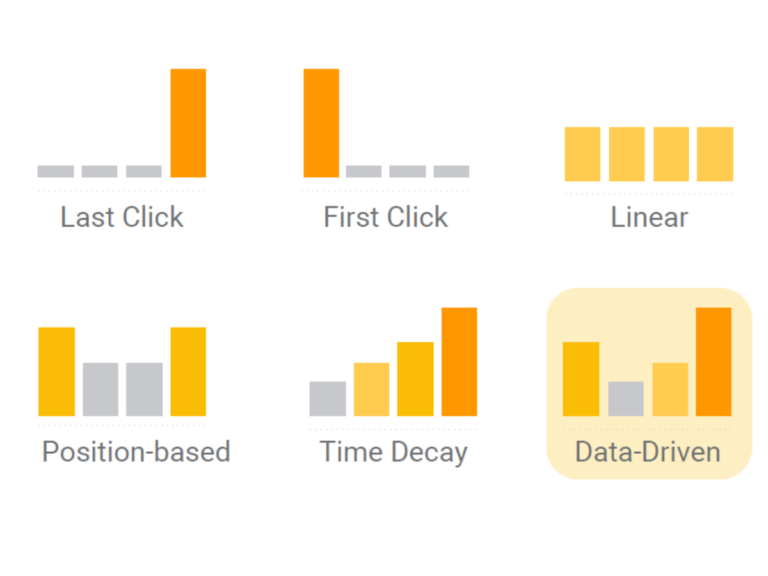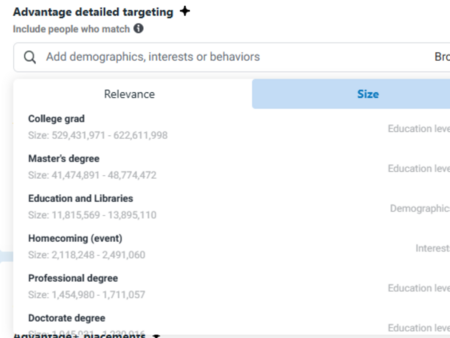TLDR: Our team has been analyzing trends across hundreds of accounts, and here’s what’s coming in 2025:
- Advantage+ Shopping Campaigns taking over (and they’re really working)
- Cost caps becoming the go-to bidding strategy
- Strategy trumping technical optimizations
- Meta finally fixing their attribution mess
- Frequency issues for bigger advertisers
The social advertising landscape isn’t just changing – it’s transforming completely as we head into 2025. Between Meta’s constant algorithm updates, new attribution methods, and diminishing technical levers, advertisers need to adapt fast to stay competitive.
When we look back at 2024, we saw some massive shifts – Advantage+ campaigns became a powerhouse, bidding got way smarter, and Meta started fixing their attribution. But trust me, there’s more coming. If you’re investing in paid social, you need to understand these changes.
Let’s dive into our top predictions for paid social in 2025 and what they mean for your business.
1. Advantage+ Shopping Campaigns Will Keep Crushing It
Why This Is Happening
We’ve watched ASC evolve from a basic automation tool into something pretty incredible. The biggest game-changer? Meta finally fixed their customer segmentation. When ASC first launched, you were stuck with just one existing customer bucket – which meant your retargeting audiences got mixed up with either new customers or retention campaigns. It was kind of a mess.
But then Meta dropped the Engaged Customers bucket, and everything changed. Looking at our portfolio data, the numbers don’t lie – accounts using ASC properly are seeing conversion rates jump by 25-30% compared to traditional campaigns. Actually, every single account we manage is running at least one ASC campaign now, and many have switched over completely.
What You Should Do
You’re leaving money on the table if you’re not using Meta’s enhanced segmentation. Here’s what we’re telling our clients:
Check Your Setup
- Look at both your Engaged and Existing Customer buckets
- Make sure your tracking is actually working (we see this mess up all the time)
- Get your audience definitions right – this matters more than you think
Watch Your Numbers
- Work with your account team to review budget allocation
- Track performance between different segments
- Build out a scaling plan based on what’s actually working
2. Cost Caps Becoming The Go-To Bidding Strategy
Why This Is Happening
Look, we’ve seen Meta’s algorithm get better every year, but this latest update to cost per result bidding is different. Our teams see campaigns that can actually scale spend while keeping CPAs stable – something that used to be nearly impossible. We’re auditing accounts across different industries, and the pattern is clear: cost caps are working better than ever.
The really exciting part? The algorithm finally figured out how to maintain efficiency during growth. Remember when scaling meant watching your CPAs spiral out of control? Those days might be behind us. We’re seeing this work across accounts of all sizes, from small businesses to enterprise clients spending millions.
What You Should Do
Cost caps are powerful, but there’s definitely a right and wrong way to use them. You have to get the foundation right:
- First up, check your conversion volume – if it’s too low, cost caps won’t work
- Check out your historical performance before setting targets
- Don’t forget there’s a learning phase (seriously, this is important!)
- Double check your tracking setup
- Make sure your pixel is firing correctly
And do yourself a favor and make sure you TEST before going all in on anything.
Also, focus on the complete picture. Watch your overall ROAS, not just CPA. Keep an eye on total conversion volume.
3. Strategy Trumping Technical Optimizations
Why This Is Happening
The paid social game is changing fast.
The technical levers everyone used to lean on so heavily are disappearing. Especially now, with ASC taking over and traditional targeting options going away.
Our data shows 73% of consumers want personalized shopping experiences, but we’ve got less targeting control than ever. Welcome to 2025.
So, all of these changes mean that success won’t come from knowing every technical setting anymore. It’s back to basics: understanding your audience and creating messages that actually connect with them.
We’re seeing accounts with solid creative strategy outperform accounts with perfect technical setups.
What You Should Do
Shift your focus! Here’s what’s working for our top-performing accounts:
Know your audience. Build detailed customer profiles (but keep them real).
Map their actual buying journey, and track the specific problems they’re trying to solve.
Test everything. Create different messages for different audiences. (That’s what we do at Digital Position – we’ll help you nail the execution.)
Watch what works and what bombs, then keep the winners and dump the losers.
Document everything. (Trust me on this. You’ll thank me later.)
If you’re ready, here are some advanced moves to try:
- Run customer surveys
- Actually read the responses
- Use the feedback in your creative
You don’t have to do everything at once. In fact, you probably shouldn’t. Just start with what makes sense for your business and scale from there.
It’s always better to do a few things really well than try everything at once.
4. Meta’s Third-Party Attribution Integrations Will Widely Roll Out
Why This Is Happening
Back in August 2024, Meta dropped some big news – they were rolling out beta integrations with GA4 and announced partnerships with Northbeam, Triple Whale, and Hyros were coming. About time, right? This is part of Meta’s bigger plan to show advertisers exactly what their ads are doing through better incremental conversion tracking.
We haven’t seen these features roll out everywhere yet, but we’re pretty confident they’ll hit before Q4 2025. Why then? Simple – Meta needs to prove their ads work before the holiday season so advertisers will spend more (which helps their stock price). It’s basically Meta finally listening to advertisers who’ve been begging for better ROI tracking.
What You Should Do
Here’s how to get ready for the new attribution tools.
Watch for beta access:
- Keep an eye on your Meta rep’s emails
- Send any beta invites to your agency right away
- Don’t sleep on joining early programs
- Check your spam folder (seriously, important stuff ends up there)
Also, get your data in order. Review your current tracking setup, and write down how you’re measuring success now. Document your current attribution challenges and bottlenecks.
5. Bigger Advertisers Will Struggle With Incremental Growth Due To Frequency Issues
Why This Is Happening
While Advantage+ Shopping Campaigns have been a game-changer for many brands, they’ve introduced a new challenge: higher customer frequency rates compared to traditional campaign types.
ASC campaigns are amazing for performance, but there’s a catch – they hit the same users more often than traditional campaigns do. If you’re spending under 10k a day, you might not notice.
But for bigger brands? It’s becoming a real headache. We’re seeing some accounts hit frequency walls that limit growth, even when the performance metrics look good.
The problem gets worse in mature markets where you’ve already reached most of your audience. When the same people see your ads too often, ad fatigue kicks in fast, and your returns start dropping.
What You Should Do
We’ve found a few ways to handle the frequency challenge.
Smart segmentation:
- Group ASC campaigns by buyer persona
- Create different strategies for different audiences
- Keep track of who’s seeing what
Keep it fresh.
- Change up your creative more often than you think you need to
- Test new themes regularly
- Don’t let ads run too long
Mix things up.
- Try some broader campaigns with higher CPAs
- Test upper-funnel stuff
- Look at new placements
- Maybe expand to new locations
- Consider different ad formats
Don’t Wait to Adapt – The Future of Paid Social Is Here
Listen, 2025 is going to be wild for paid social. Everything we’ve talked about – from ASC dominance to attribution changes – it’s all happening fast. Staying ahead isn’t just about performance anymore – it’s about finding new opportunities before everyone else does.
And here’s something we haven’t mentioned yet – while platform changes are huge, the real challenge is implementing them right. With Meta’s support getting more automated and less helpful, having someone who knows what they’re doing becomes super important.
For health and wellness brands especially, 2025 is gonna be tricky. The privacy changes we’ve seen so far? Probably just the beginning. You need a solid strategy that can adapt when things change (and they will).
Ready to get your paid social ready for 2025? Let’s talk about what these changes mean for your business specifically. Book a call with us today, and let’s make 2025 your best year yet.





no replies